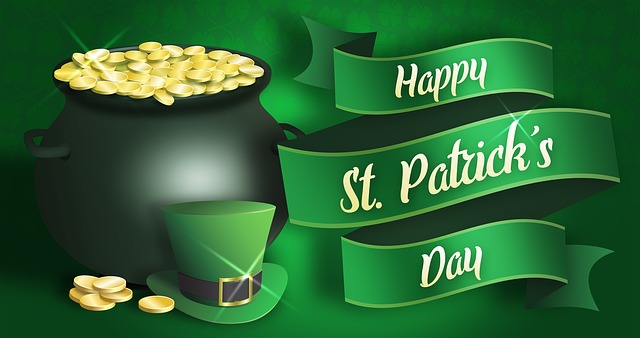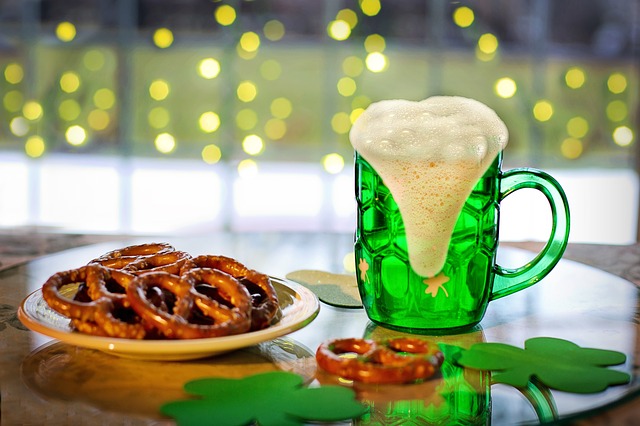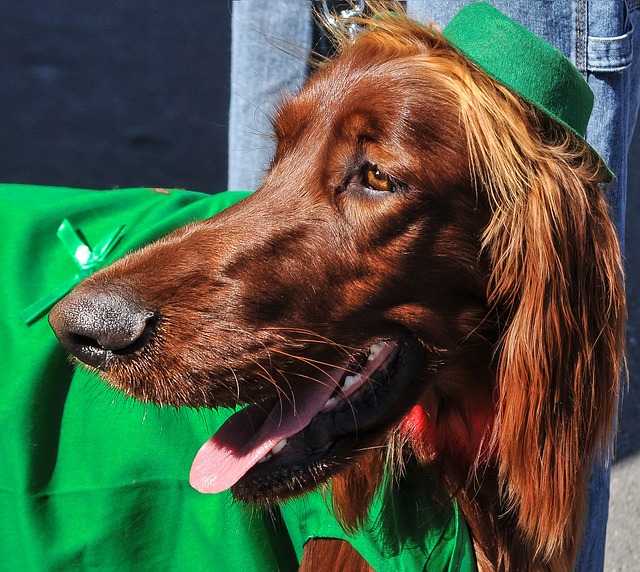Happy St. Patrick’s Day! But besides green beer and shamrocks what is it all about you ask? Here are a few key points…
St Patrick’s Day is a public holiday in the Canadian province of Newfoundland and Labrador which celebrates Irish culture, history and traditions that takes place on the nearest Monday to March 17 each year. It remembers St Patrick, a missionary who converted many of Ireland’s inhabitants to Christianity in the 5th century. His feast day also celebrates Irish culture.
Festivities
In cities like Toronto and Montreal, St Patrick’s Day parades are held, often on the Sunday closest to March 17. The parade in Montreal has been held every year since 1824. However, the first recorded celebration of St Patrick’s Day was in 1759 by Irish soldiers serving with the British army following their conquest of part of New France, a French colony in North America.
Folks who have an Irish background may hold Irish themed parties and serve traditional dishes, such as Colcannon or Irish stew. Colcannon is a dish of mashed potatoes mixed with kale or cabbage and Irish stew is traditionally made with lamb and root vegetables.
Check out this how to recipe below!
Traditional Irish drinks include stout, a dark beer, and whiskey. Other parties may be themed around the color green. Guests may be expected to wear green clothes and only green food and drink is served.
Background
St Patrick’s Day marks the feast day and anniversary of the death of a Christian missionary known as Patrick. He was born in the year 387, probably somewhere near the present day border between Scotland and England. At the age of 16, he was captured and taken to Ireland as a slave. During this period, he became very religious and after six years he fled back to his family.
Later in his life, he returned to Ireland as a missionary. He is said to have played an important role in converting the inhabitants of Ireland to Christianity and in ridding the island of snakes. However, there is no evidence that there have been any snakes in Ireland in the past 10,000 years. The “snakes” he drove out of Ireland may represent particular groups of pagans or druids. It is believed that St Patrick died on March 17 probably in the year 461 or 493 (according to different sources). St Patrick is buried under Down Cathedral in Downpatrick, County Down, and is one of the three patron saints of Ireland. The other patron saints are St Brigid of Kildare and St Columba.
St Patrick’s Day celebrations were brought to Canada by Irish immigrants. The day is a bank holiday in Northern Ireland and a public holiday in the Republic of Ireland. In the rest of the United Kingdom, the United States, Australia and New Zealand, it is celebrated, but is not an official holiday.
Symbols
The most widely-seen St Patrick’s Day symbols are the colors green, and sometimes orange, and the shamrock. The shamrock is a symbol of Ireland and a registered trademark of the Republic of Ireland. It is the leaf of the clover plant, which grows on the ground, often among grass and an Irish Catholic symbol of the Holy Trinity. It is sometimes confused with the four-leaf clover, which is a variety of the three-leaf clover and is thought to bring good luck.
To receive similar content, “Like” us on Facebook @ https://www.facebook.com/niagarabuzz.ca











